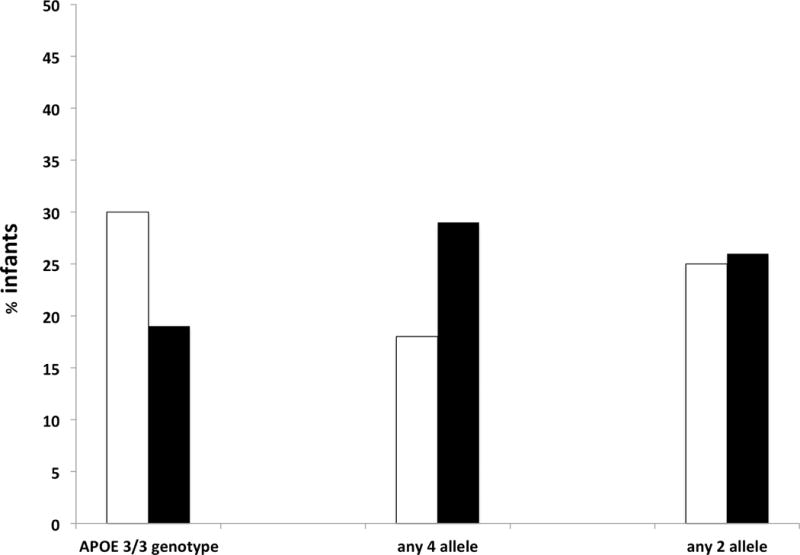Figure 2. Prevalence of moderate/severe disability for infants of different genotypes.

For each genotype, white bars denote the percent of those with the genotype surviving with moderate to severe disability and black bars denote the percent without the genotype surviving with moderate to severe disability. Among 81 infants with APOE e3/e3 genotype and follow-up, prevalence of the primary outcome was 30%, and among the 48 infants not homozygous for e3/e3, prevalence was 19% (p = 0.21). Among 12 infants with the APOE e2 allele the prevalence of primary outcome was 25%, compared with 26% among the 117 infants without the e2 allele (p = 1.00). Among those with the APOE e4 allele (n = 38) the prevalence of the primary outcome was 18%, compared with 29% among the 91 without the e4 allele (p = 0.27).
